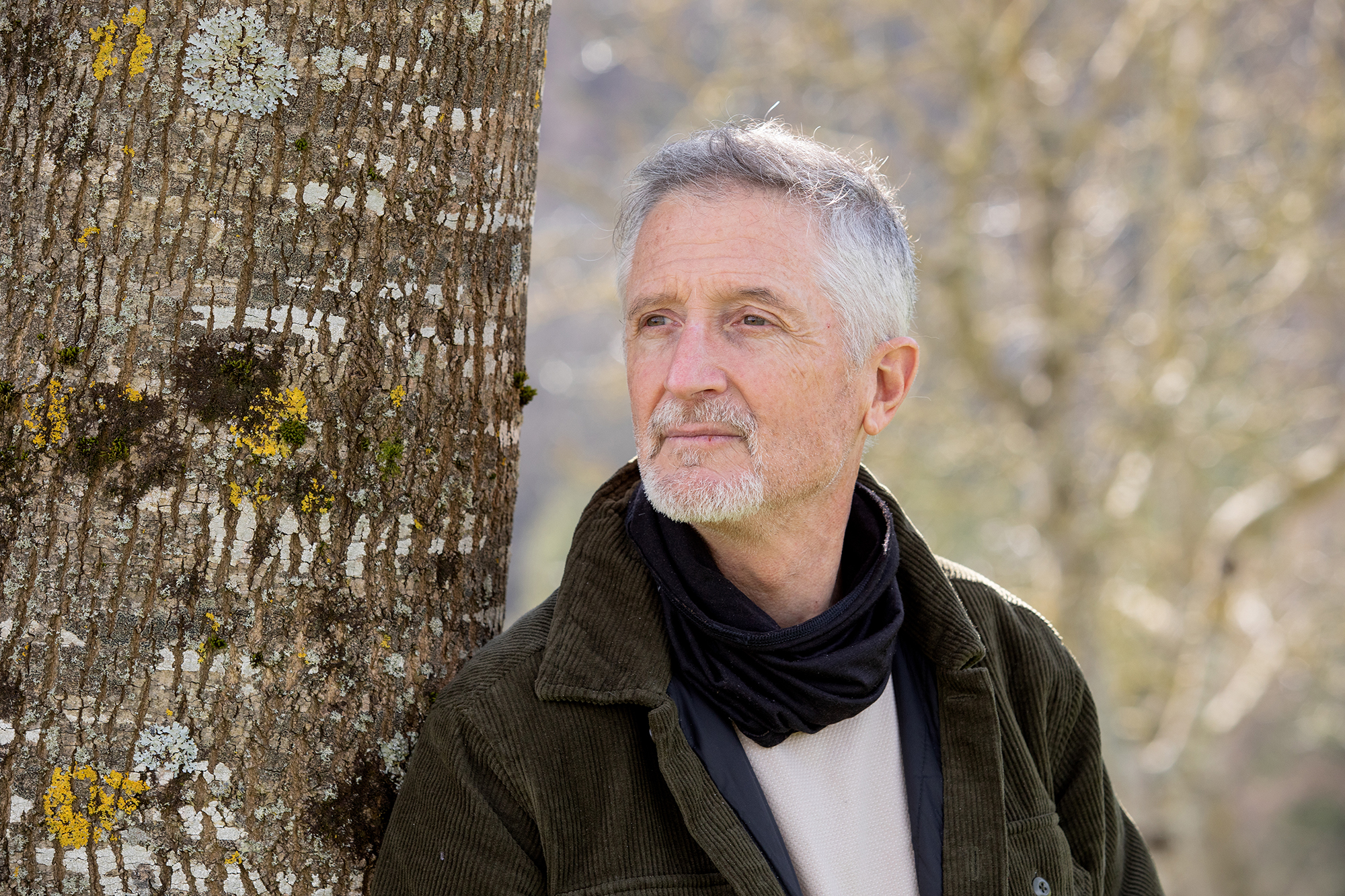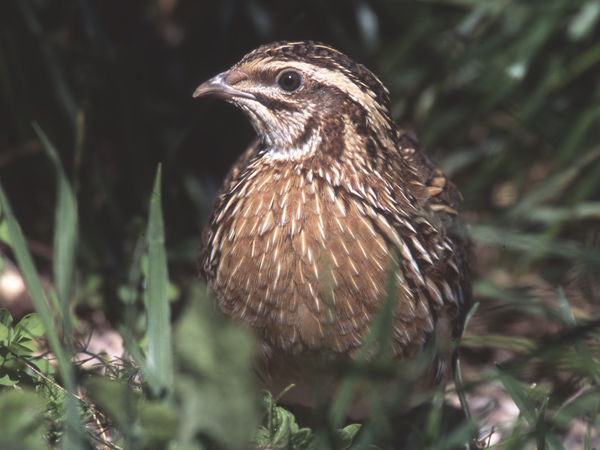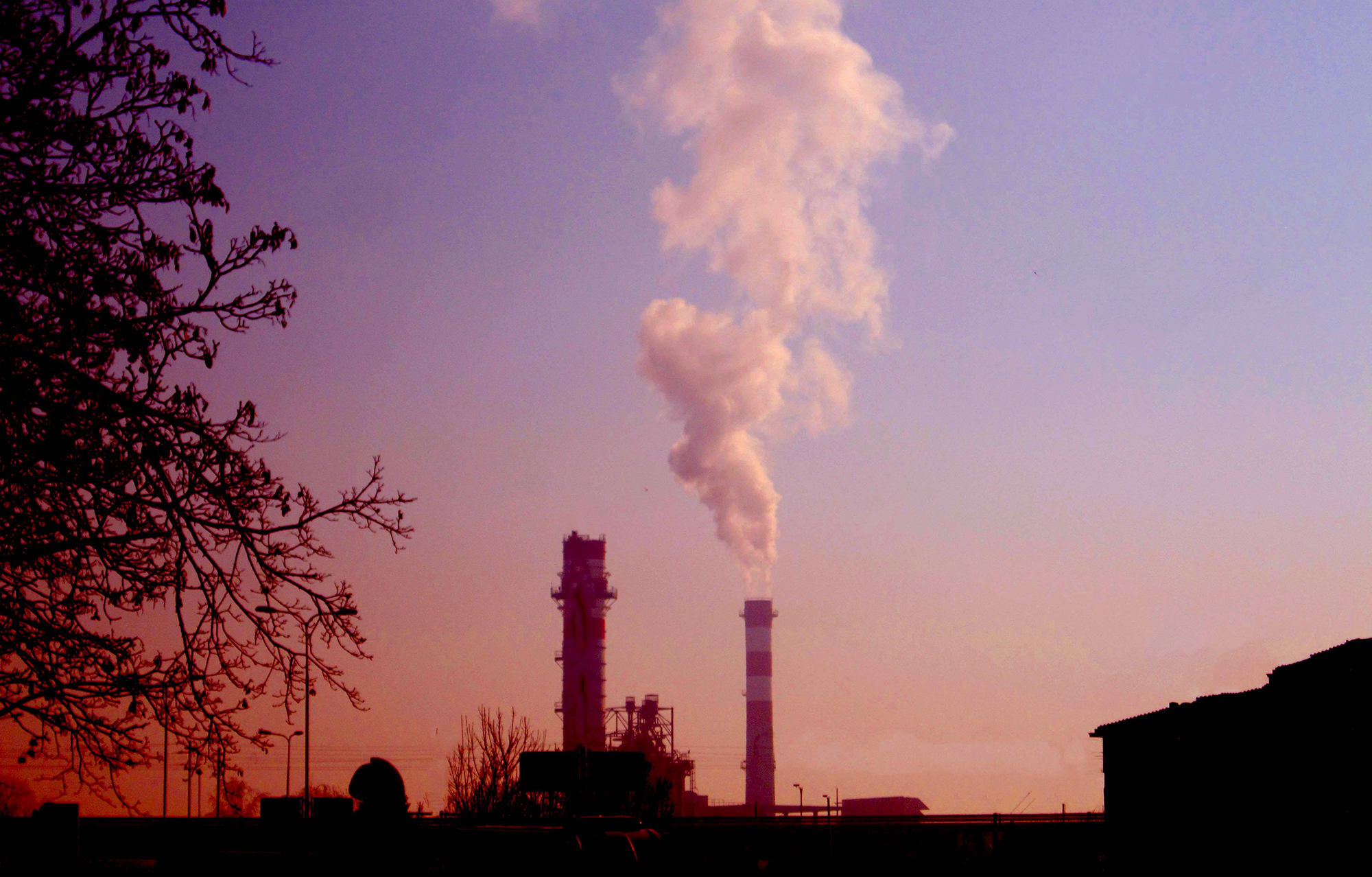Trees must be planted in favour of the climate... but the new pure pine forests of Sitka can suffocate the Irish rural area
- Ireland wants to plant 440 million trees in the fight against climate in 20 years to become "carbon neutral" by 2050. 22 million new trees per year, one quarter of leafy trees and three quarters of conifers. That in theory. In practice, conifers called Sitka fir are observed in many areas of covered soil. In the poor county of Leitrim, the inhabitants face industrial selviculture.
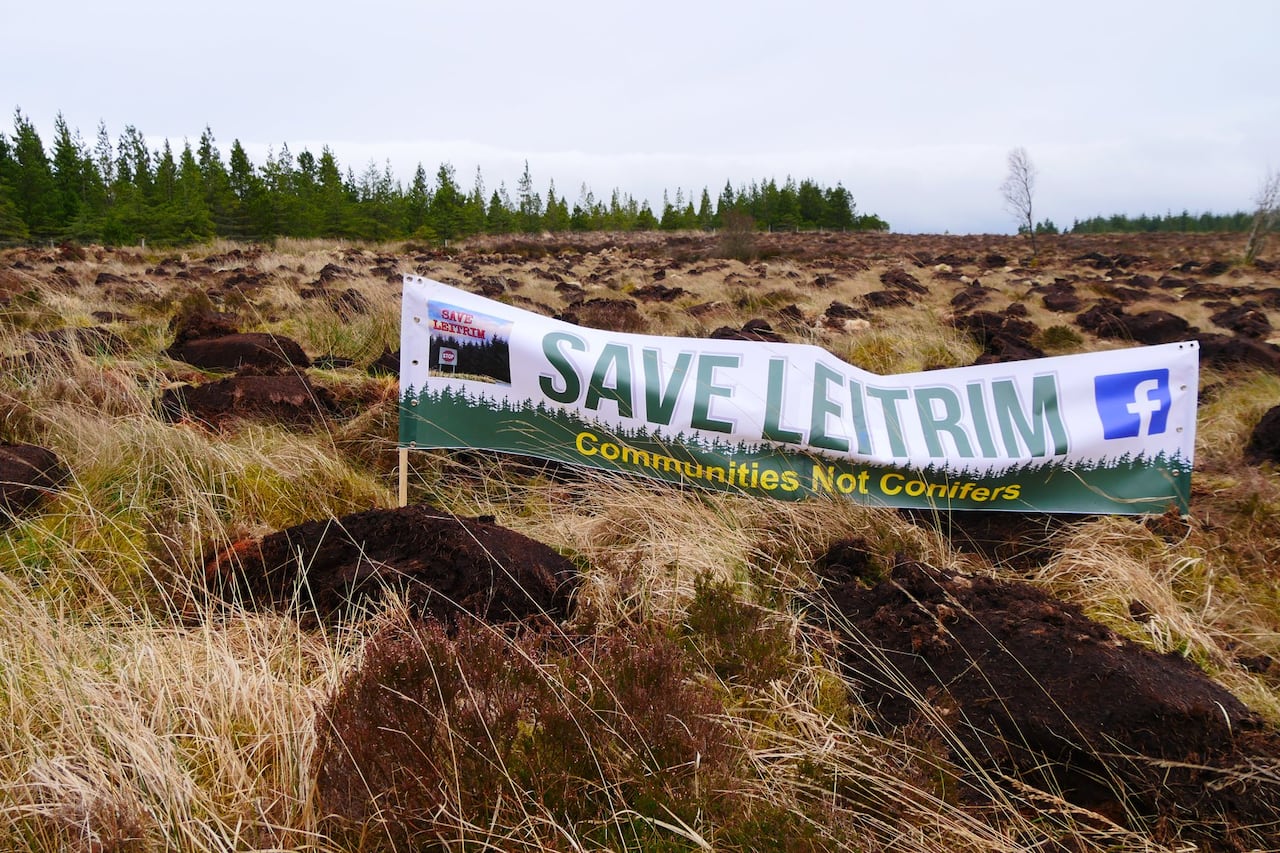
Jim McCaffrey, a retreaded 64-year-old farmer, lives in the Irish County of Leitrim, has fought three times in the courts against pine plantations, specifically from Sitka bees, which drown home and around, losing in the three. "If he had money – he told the Irish Times newspaper in September – he would bring the appeal to the High Court, even to the European Court. The bleak fir surrounds our house on three sides, if there wasn't a lake in space that would surround it completely. The trees take out the light and rob you of the connection to the environment. I can no longer see the neighborhood working in the countryside, or the mountains around it, or the road that comes from the city. Worse in ten years, when the bees reach their full height. I am against the Landaketa basation for future generations, so that our son and his children can continue to live in the dwellings."
The journalist tells McCaffrey that the Irish Government is promoting these plantations within the CO2 clearing mechanism in the fight against climate warming, but the farmer believes it has nothing to do with, even if this is money, money, money. These plantations destroy all life, even the soil. And when the trees start to collapse at once, it looks like it's come to Armagedo. On the other hand, subsidies to Sitka's grandparents have attracted outside investors and Sitka's baserritars are running out of land.

Ireland wants to plant 440 million trees over the next 20 years to achieve "neutral carbon" in the fight against climate by 2050. In the European Union, the worst results in terms of climate are countries, trees, industrial agriculture wants to compensate for the amount of C02 that is increasingly emitted by traffic in all kinds, thermal power stations and even the digital industry. Millions of new, industrially planted trees, which will grow as quickly as possible, almost always replacing conifers, shot down at age 30, improving CO2 calculations.
Although slightly smaller in surface than in Gipuzkoa, Leitrim County, with only 32,000 inhabitants, has become the laboratory of the new planting strategy, named by Save Leitrim with a bitter irony, "a national sacrifice zone", an area to be sacrificed for the benefit of the country.
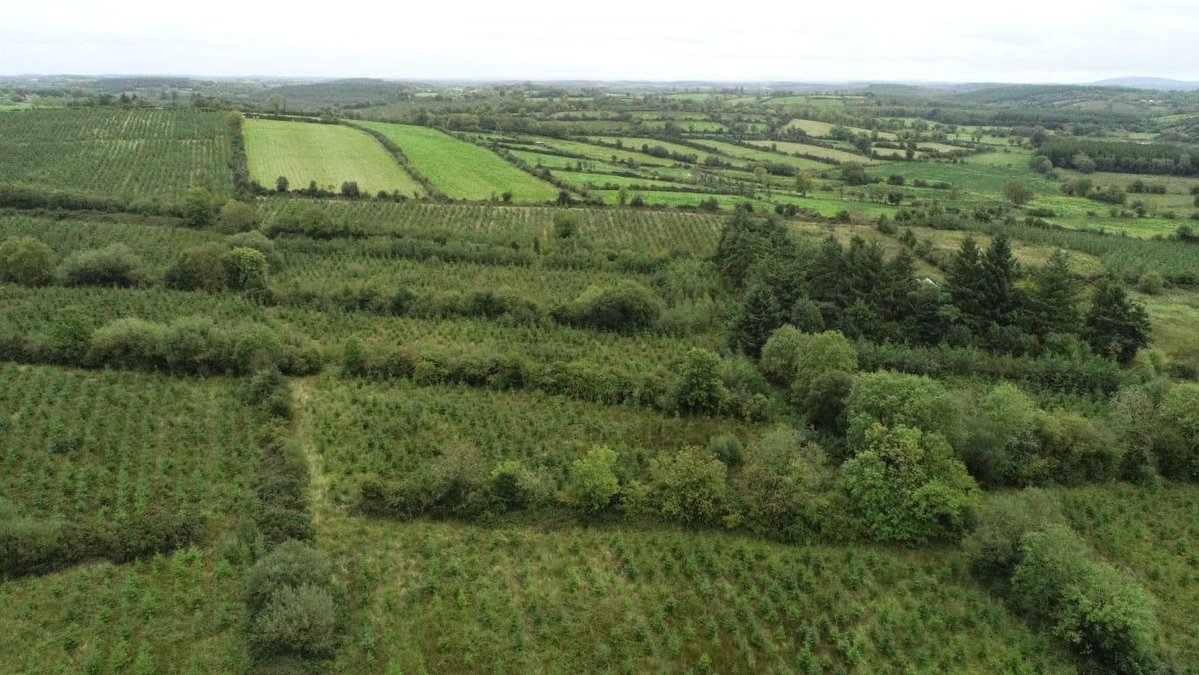
Ireland had only 1% of its forest area in 1900. Like all of Europe, Ireland had lost its forests over the centuries, but here the expurgo reached its peak in the 18th and 19th centuries, in full English colonialism. The promotion policies implemented in the mid-twentieth century have meant that Ireland now has 11% wooded area, around 770,000 hectares. The anti-cyclical strategy aims to reach 18% of the area by planting an additional 8,000 hectares each year.
"But they're planting wrong forests," they say from Save Leitrim: "Cold dark sketches that kill wildlife, cover the clear day and are isolated by people." Edwina Guckian, a member of the group, tells The Guardian: "Homelessness is the dead, dark barrier they build around you." The association is trying to heat the area’s neighbours and block the permits for new plantations. Direct action has also been used on some occasions, paralysing machines that had already begun to work.
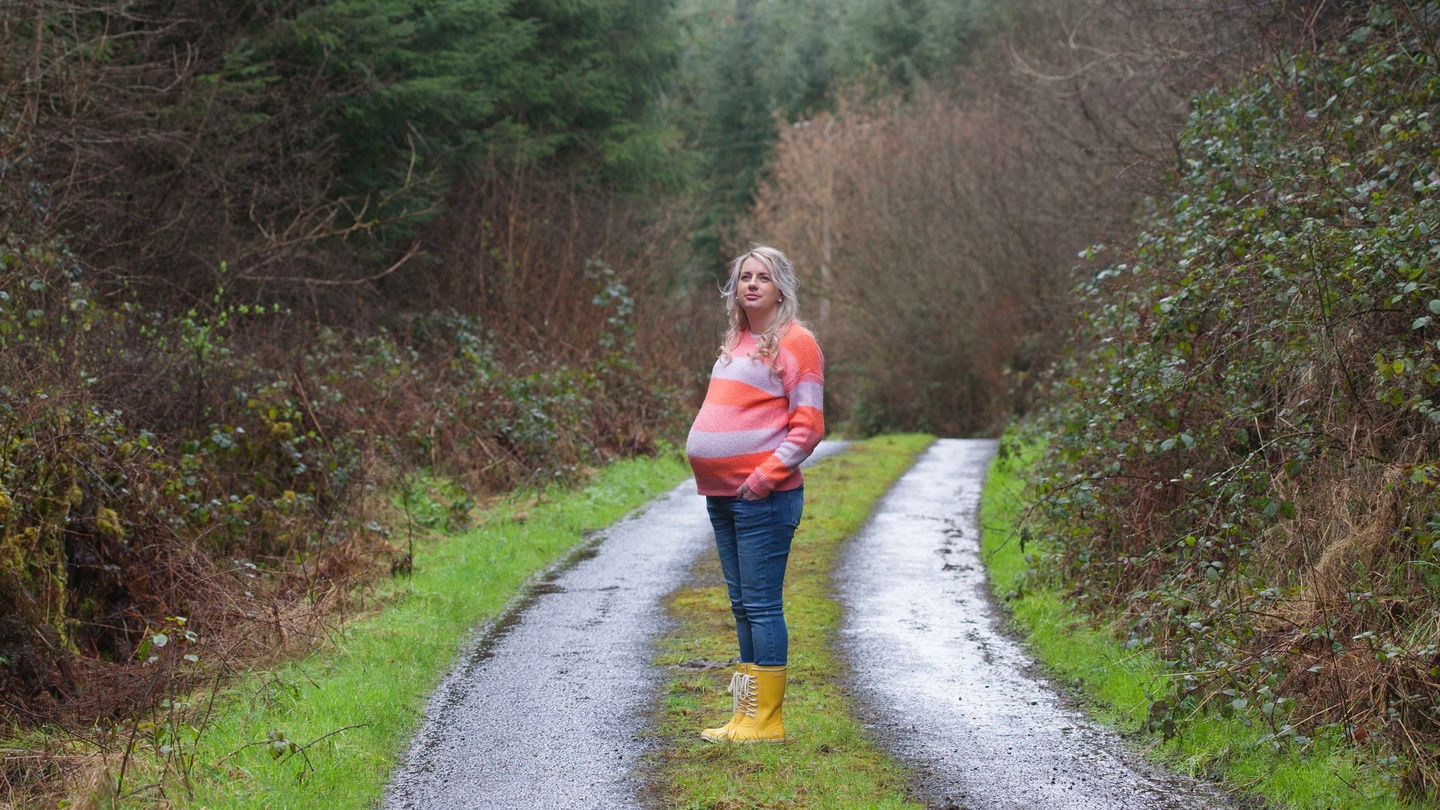
CO2 VERSUS BIODIVERSITY
Picea sitchensis, Sitka fir, conifer from North America, red sequoia and the highest of the conifers behind the Douglas fir, which grows rapidly to reach 50-70 meters, even 100 times. It seems to be in a humid and not too cold climate in Ireland. It is the famous population of Gipuzkoa and Bizkaia, which evokes the invasion of insignis pine (Pinus radiata) by the U.S. Bay of San Francisco throughout the twentieth century, as well as eucalyptus (Eucapyptus globulus), which in recent years, the pines first appear and then fall ill in every corner.
Already half of the Irish trees are Sitka's beasts, they have cast in straight rows and narrow the hills that were formerly grasslands, the grasslands of cattle and sheep, the fields abandoned by the fugitive peasants…, as well as the protected areas, marshes and others, in which this planting is legally prohibited.
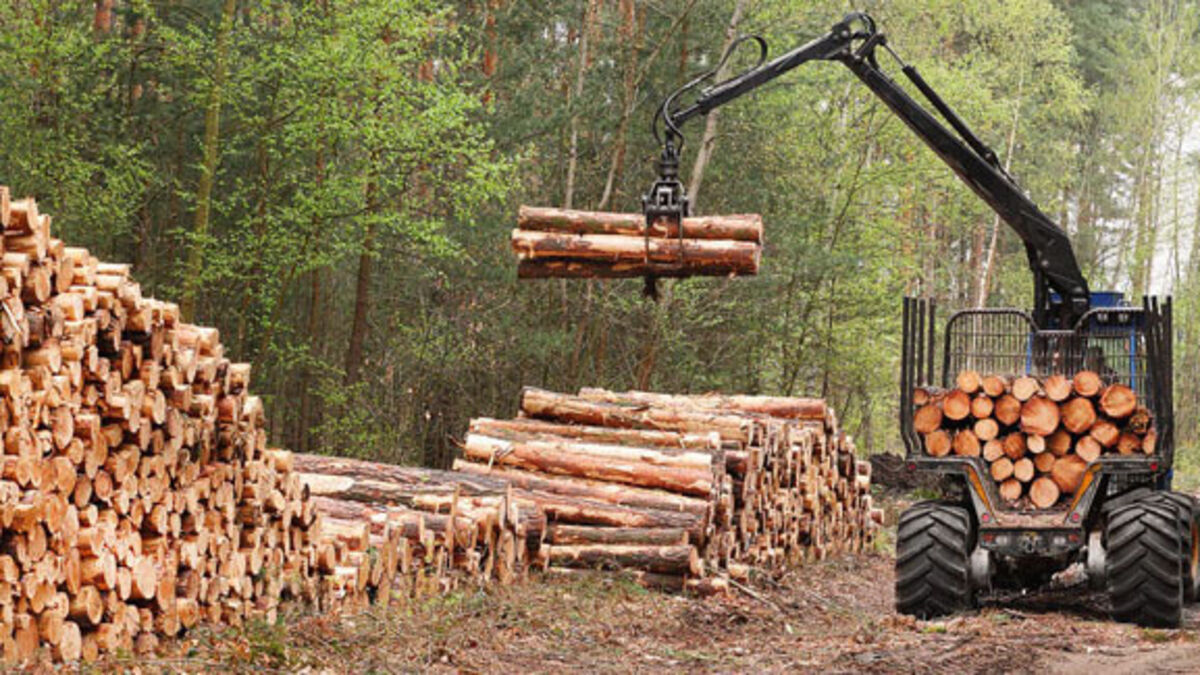
The industry loves monocultures for different uses: paper pulp, agglomerated board, pallet, construction wood… and in addition – it is the new business line – it feeds carbon into the atmosphere. The Dublin Government can use them to alleviate fines which, in addition to not reducing CO2 emissions, could result from Europe due to excessive delay in renewable energies.
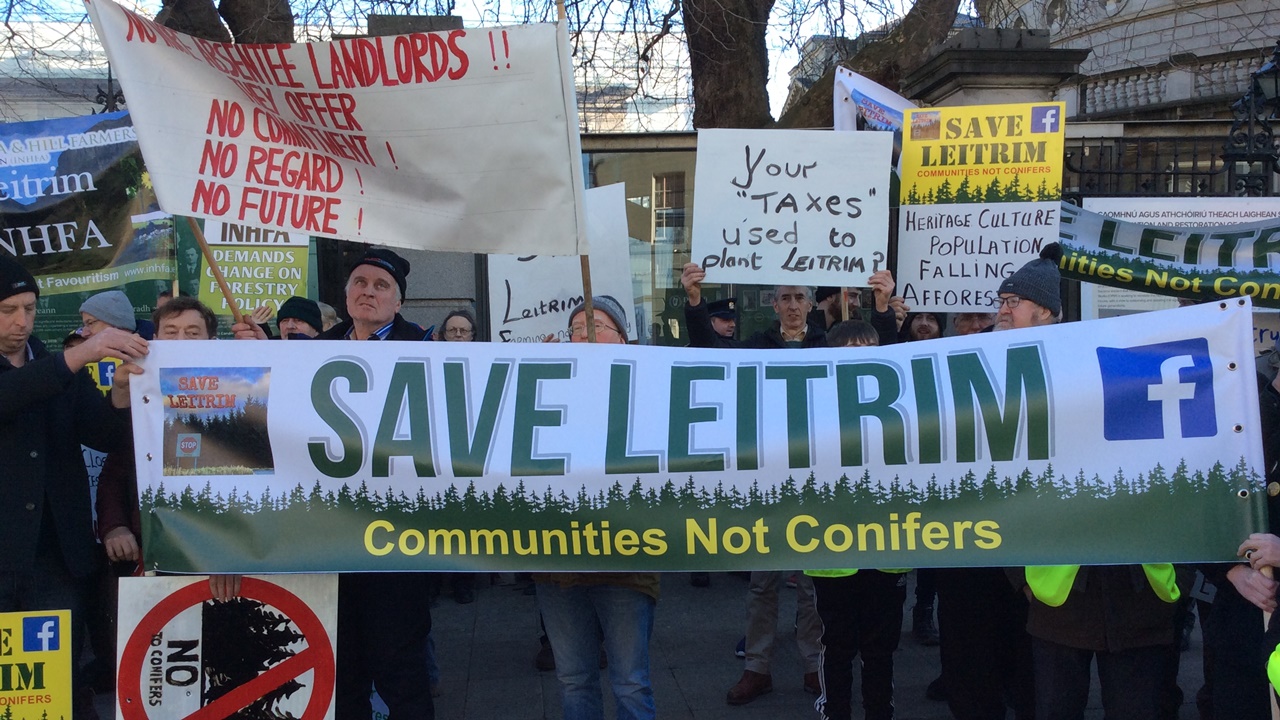
"We’re not anti-trees, we’re anti-this," say those of Save Leitrim who are not against trees. And this is an entire industrial monoculture based on exotic trees that is deteriorating people's everyday lives, damaging ecology and sinking rural society. Apart from the last peasants trying to live from agriculture, many others cultivate their land with Sitka fir… and then sell them at a better price. There is no shortage of buyers: owners of remote industrial farms that must match their CO2 results, companies of the paper and wood industry that make cheap land, speculative investors, etc. In the controversy about Sitka's spruce, a government study, the main driver of the strategy, pointed out that most of the conifer owners were neighbors in the area. Save Leitrim had to do its own research to correct and show that, if all tree owners were properly accounted for, only a quarter of the dark pines are in charge of their inhabitants, the remaining three quarters of the state, the Irish company and the other big landowners, or foreign investors.
"The narrow and silent forest that these bees produce is a death sentence for our peoples," says peasant retired McCaffrey. "And the machines after demolishing these forests destroy everything. It looks like a hiroshima."
Eskola inguruko natur guneak aztertu dituzte Hernaniko Lehen Hezkuntzako bost ikastetxeetako ikasleek. Helburua, bikoitza: klima larrialdiari aurre egiteko eremu horiek identifikatu eta kontserbatzea batetik, eta hezkuntzarako erabiltzea, bestetik. Eskola bakoitzak natur eremu... [+]
Andeetako Altiplanoan, qocha deituriko aintzirak sortzen hasi dira inken antzinako teknikak erabilita, aldaketa klimatikoari eta sikateei aurre egiteko. Ura “erein eta uztatzea” esaten diote: ura lurrean infiltratzen da eta horrek bizia ekartzen dio inguruari. Peruko... [+]
Biologian doktorea, CESIC Zientzia Ikerketen Kontseilu Nagusiko ikerlaria eta Madrilgo Rey Juan Carlos unibertsitateko irakaslea, Fernando Valladares (Mar del Plata, 1965) klima aldaketa eta ingurumen gaietan Espainiako Estatuko ahots kritiko ezagunenetako bat da. Urteak... [+]
Nola azaldu 10-12 urteko ikasleei bioaniztasunaren galerak eta klima aldaketaren ondorioek duten larritasuna, “ez dago ezer egiterik” ideia alboratu eta planetaren alde elkarrekin zer egin dezakegun gogoetatzeko? Fernando Valladares biologoak hainbat gako eman dizkie... [+]













